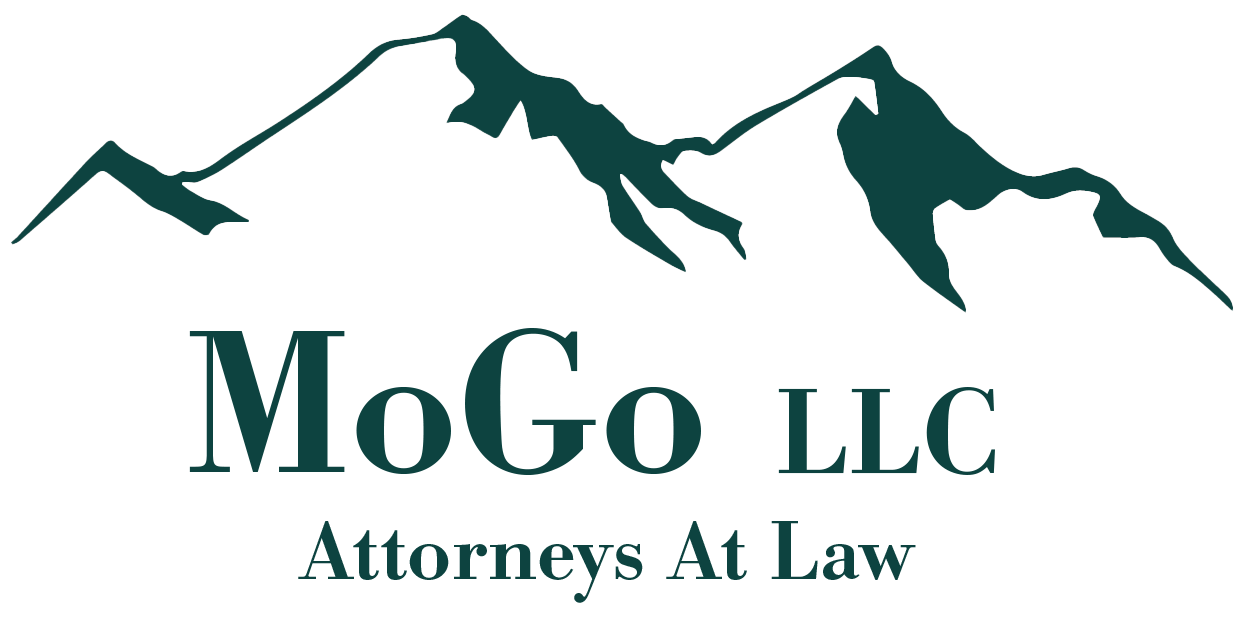
4 Things To Do Right Now To Prepare For Colorado’s Hail Season
4 Things To Do Right Now To Prepare For Colorado’s Hail Season
Wednesday, 13 April 2022 12:46
With so many newcomers to the Colorado region, some people may be unaware of the substantial risk posed by hailstorms every year. Colorado’s Front Range (primarily up and down the I-25 corridor) is located in what is coined “Hail Alley,” and residents can generally expect several hailstorms every year. Colorado’s hail season generally kicks off in the spring and continues until fall. Property damage due to hail can surpass $200 million after a severe storm, and has even been known to creep into the billions (such as after the legendary May 8, 2017 storm).
So what do you need to do to protect your property from the risk of hail damage?
1. Ask for a copy of your insurance policy.
Under Colorado law, your insurance company must give you an electronic copy of your policy within three business days of a written request.
Send an email to your insurance company or insurance agent stating:
“Please send me a copy of my insurance policy, including the declaration page and any endorsements, within three business days.”
2. Double check your insurance coverages.
Review your coverages with your insurance agent, making sure that your limits of insurance are adequate considering increasing supply and labor costs so that you are not caught in a situation where you are underinsured. You should also review your deductible to ensure that you have the one best suited to you for hail damage -- typically home and business owners will benefit from having a fixed fee deductible rather than a percentage-based deductible. Consider asking your insurance agent if they would recommend adding any endorsements, such as for ordinance and law coverage (which will typically cover increased costs of construction to comply with local building code) or a home business endorsement (which would cover damage to personal property used for any home business). And of course, make sure that you have a replacement cost policy so that if you need to replace any damaged items, your insurer will pay for the replacement cost and not the depreciated actual value of the damaged property.
3. Schedule regular roofing inspections.
Establishing a baseline of how your roof and its appurtenances look and are maintained can be crucial to showing your insurance carrier that your roof was damaged in a particular storm. Insurance policies do not cover “wear and tear,” (gradual deterioration of a structure resulting from normal use). Occasionally insurance carriers will deny a claim because they think that roof damage is from wear and tear and not from a hail storm. If your roof is regularly inspected, you can present this information to your insurance carrier and demonstrate that the damage occurred in a certain timeframe or storm.
4. If a hail storm occurs in your area, request a free roof inspection from a trusted contractor.
Many people who live in the Front Range have seen salesmen knocking on doors and offering free roof inspections. Some of these salesmen represent companies that are not local to Colorado and who may not be compliant with Colorado roofing laws. Do your research and find a local roofing company that you trust, with good reviews and a positive Better Business Bureau rating. Your roofer will often end up discussing your insurance claim with your insurance carrier, so you certainly want to hire someone who is diligent, honest, and up to the task.
By doing these 4 things, we hope that you are better prepared if your home or business is hit by severe hail. If you would like to know more about your rights when interacting with your insurance carrier, get in touch!
